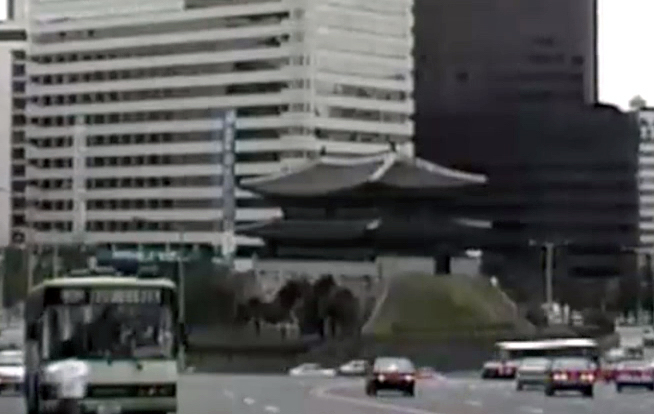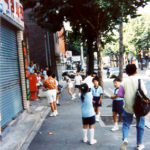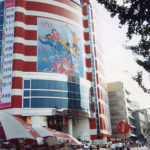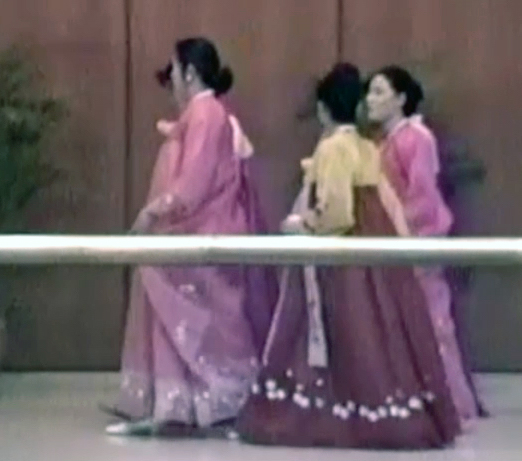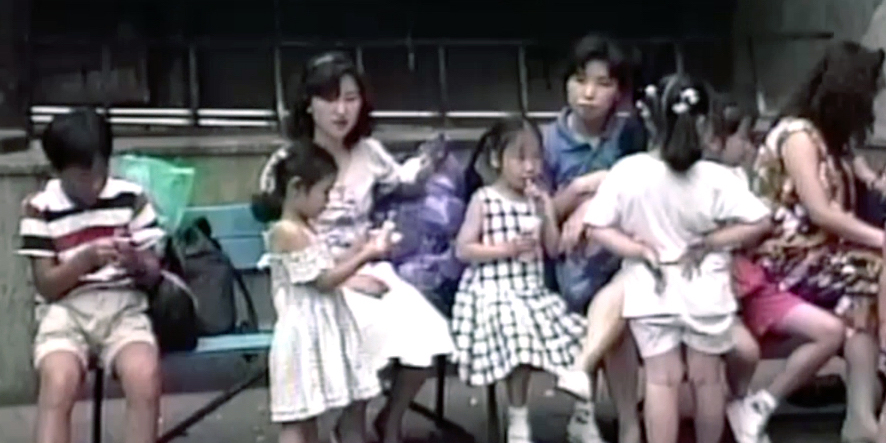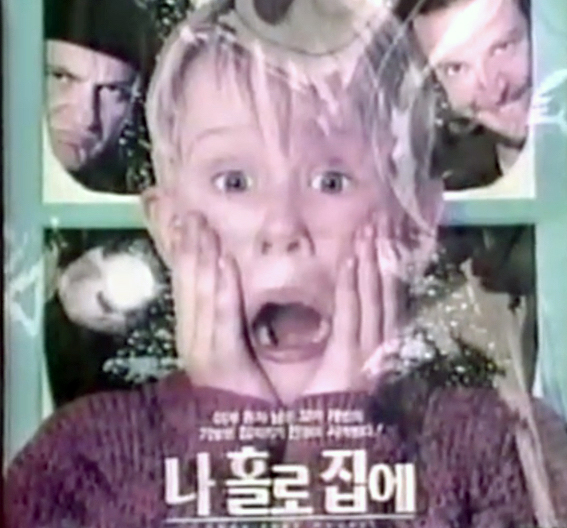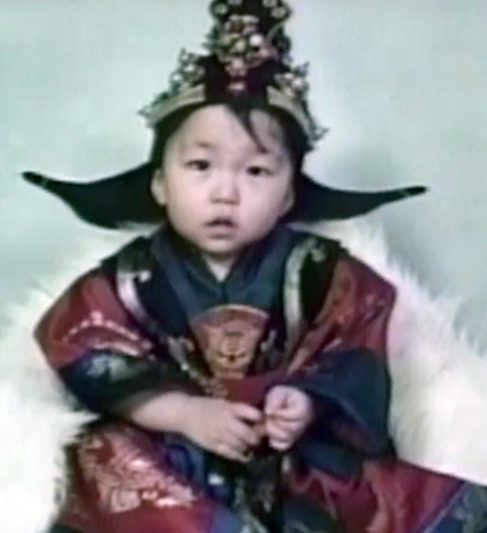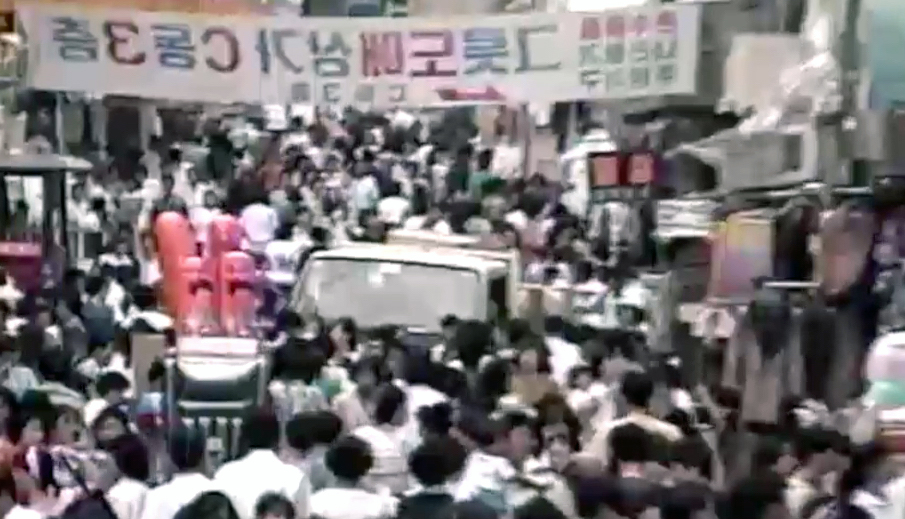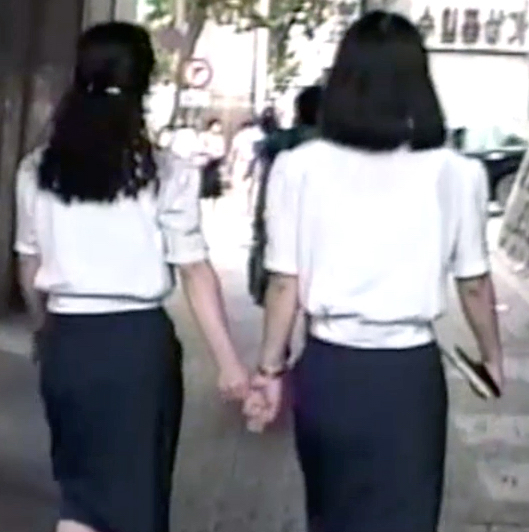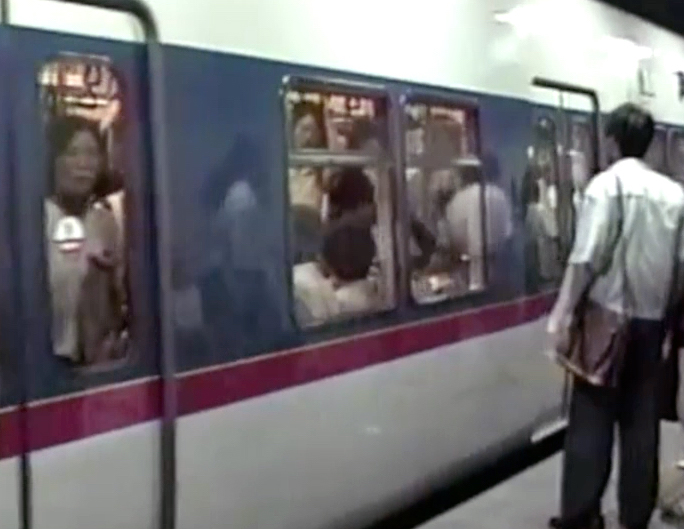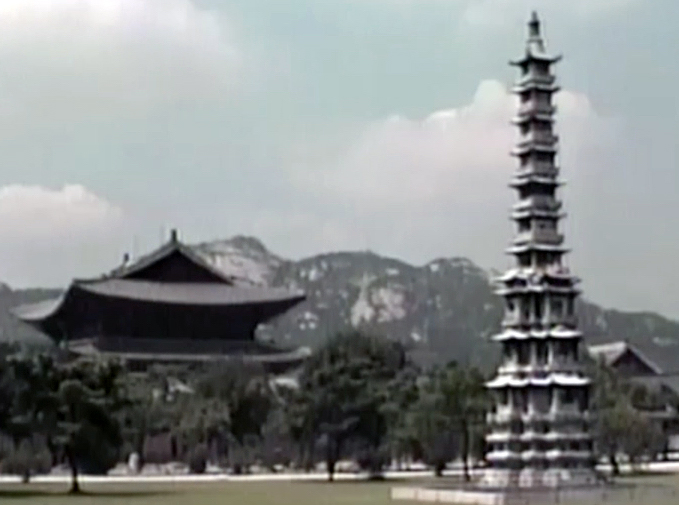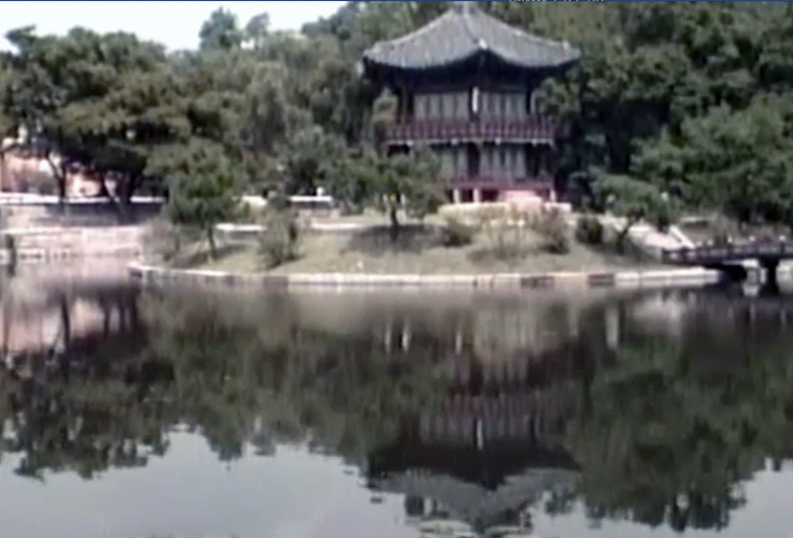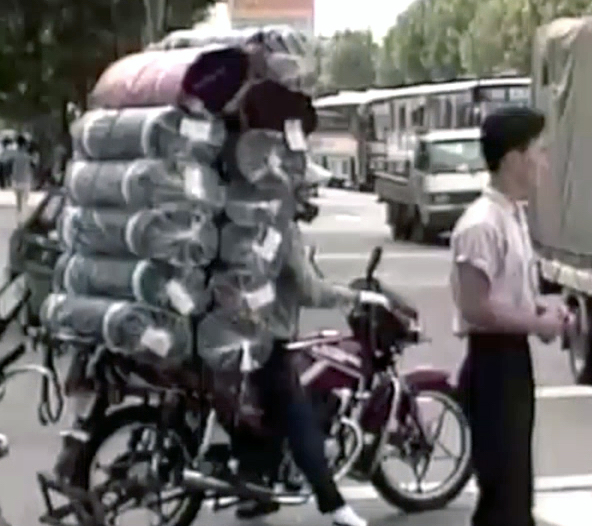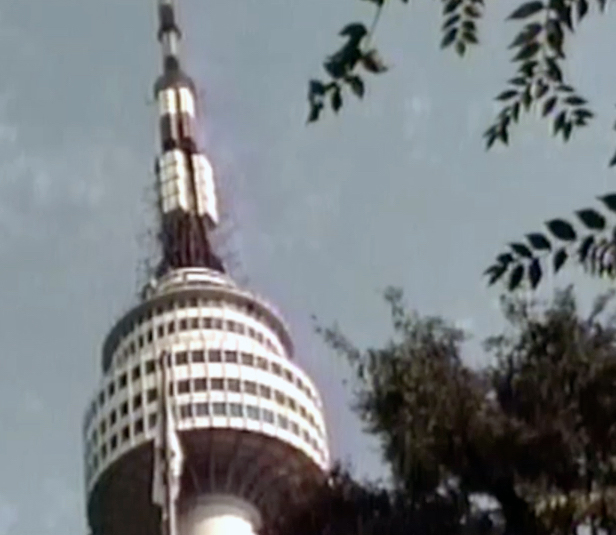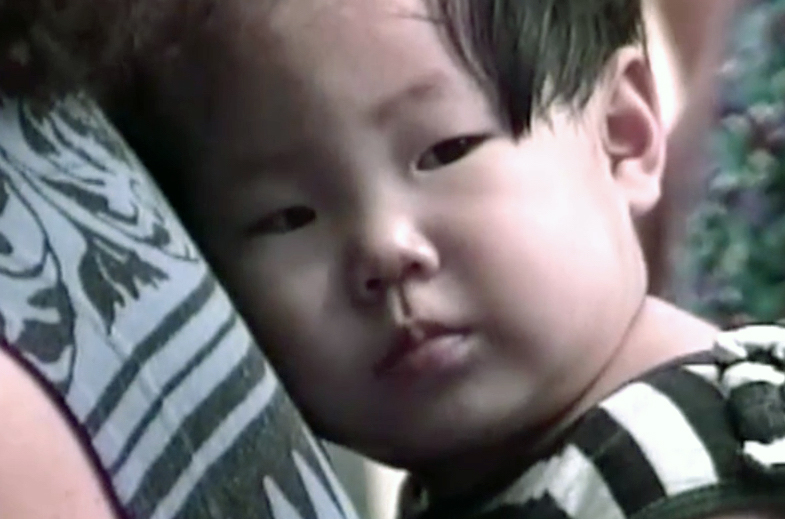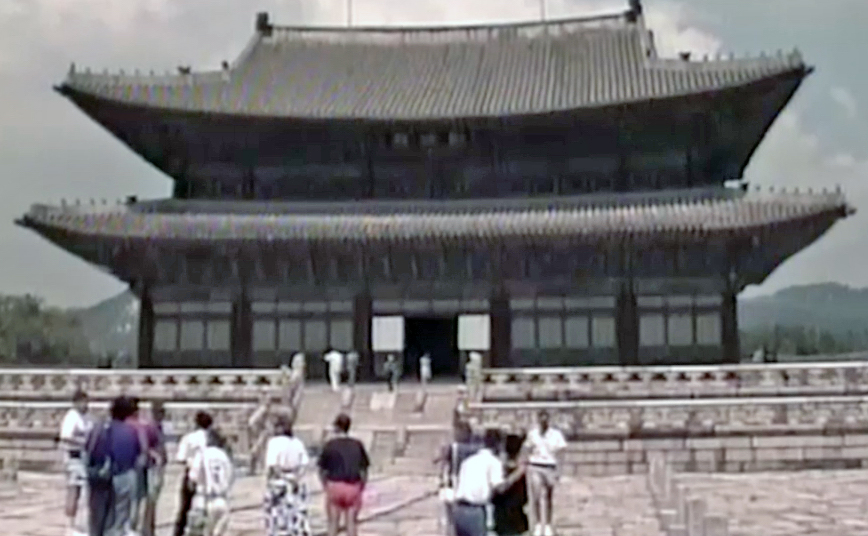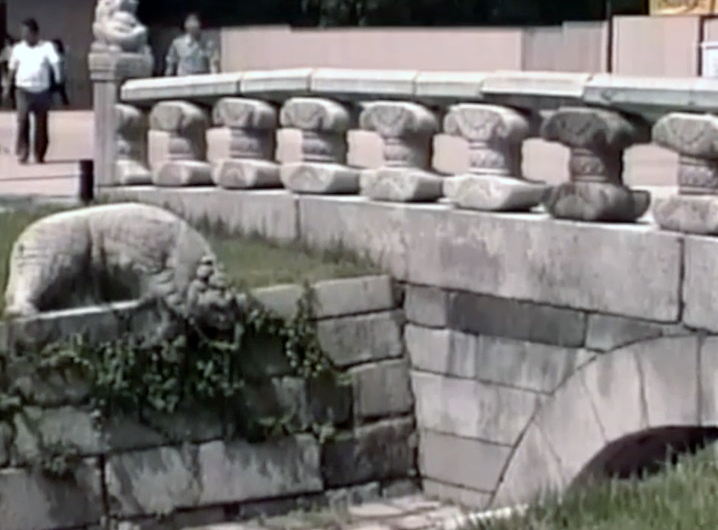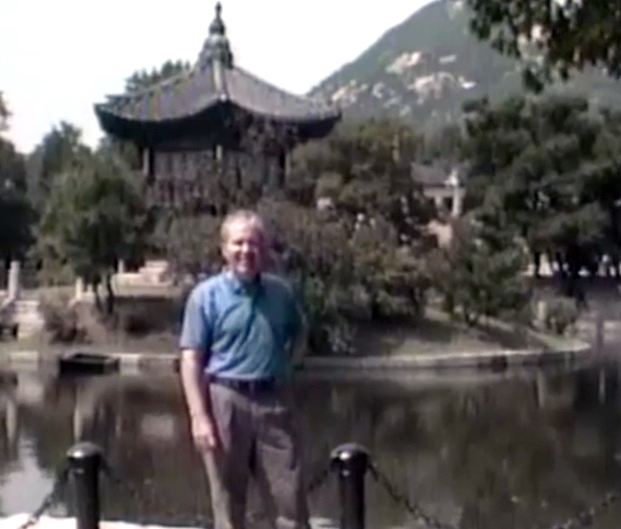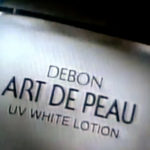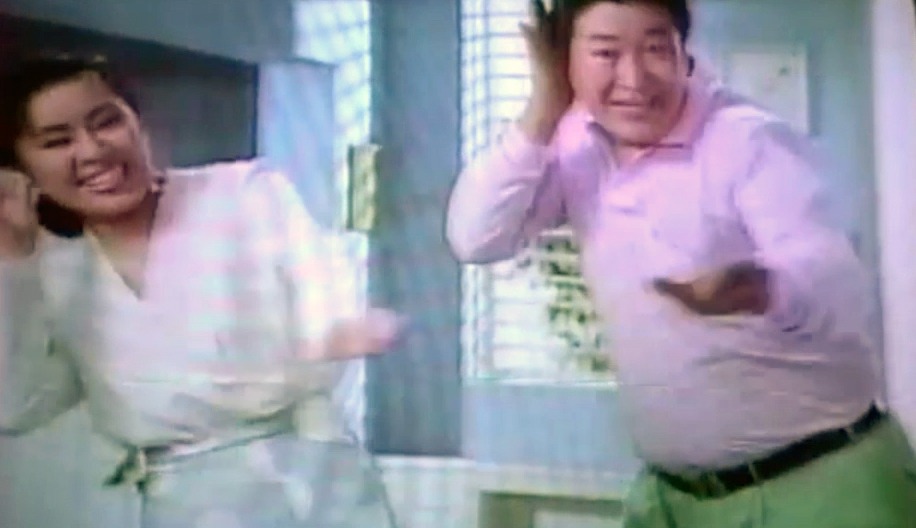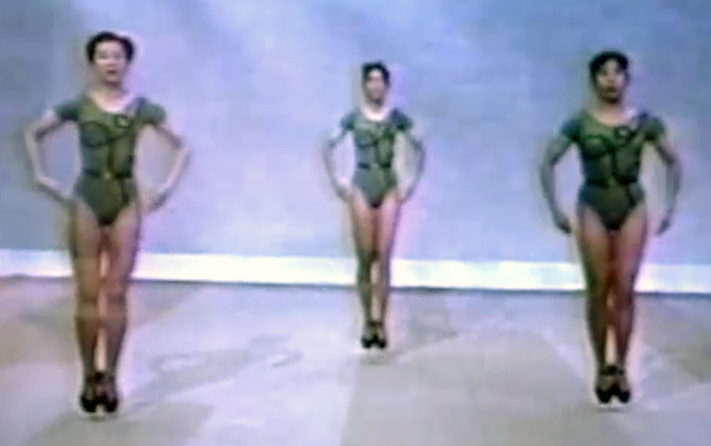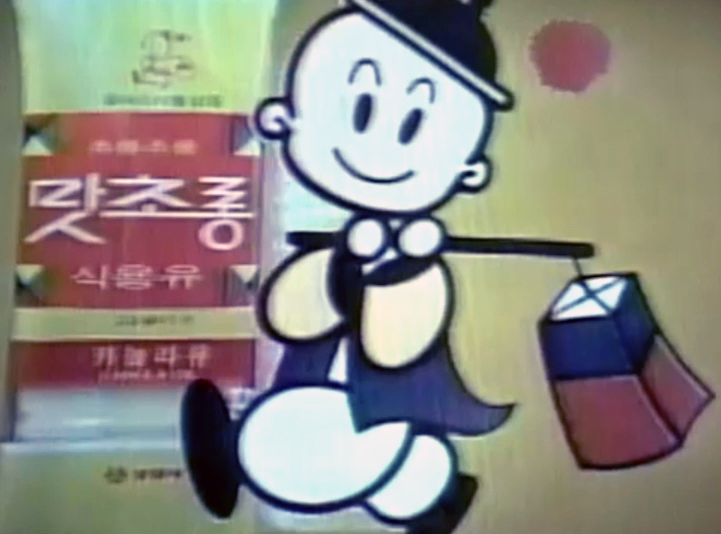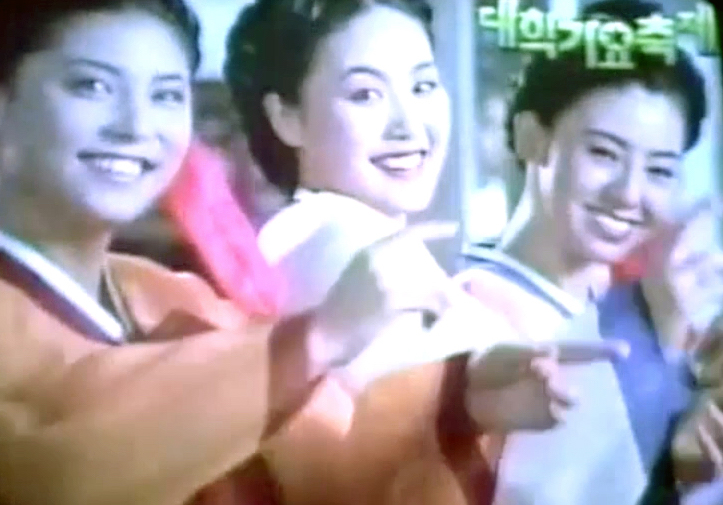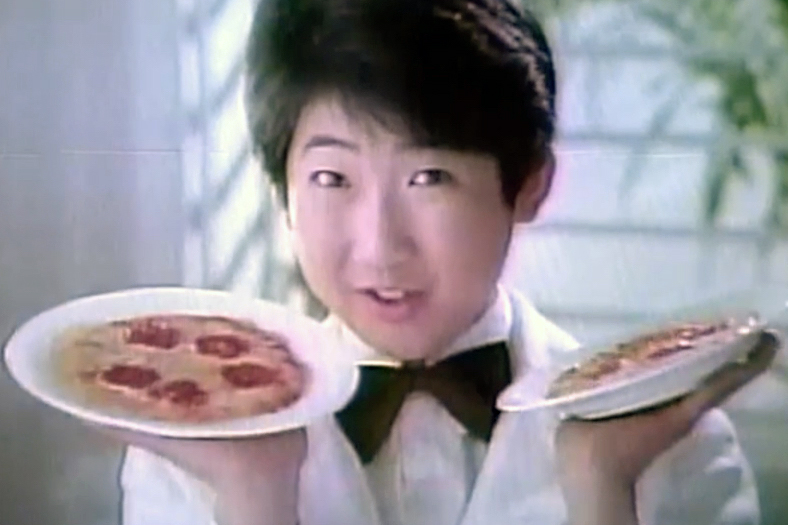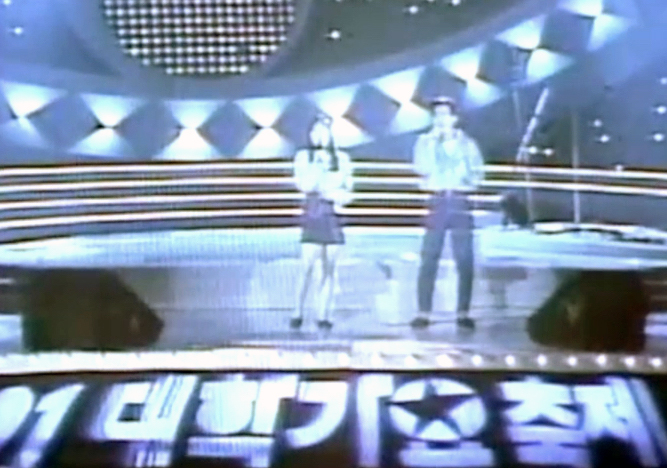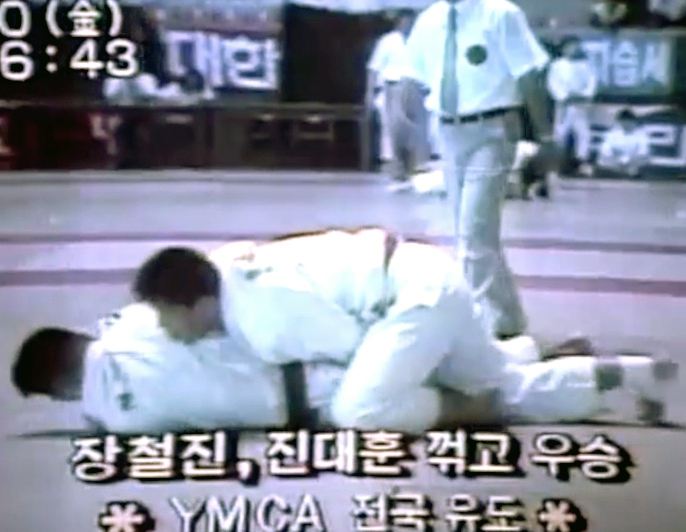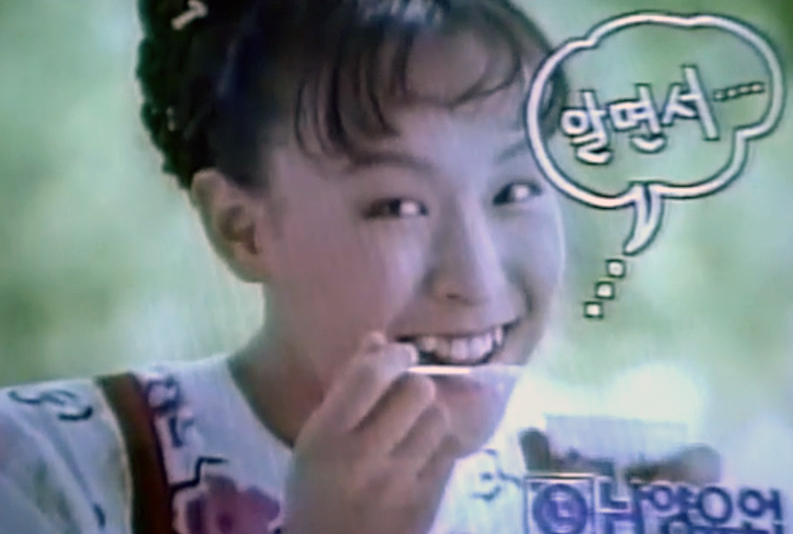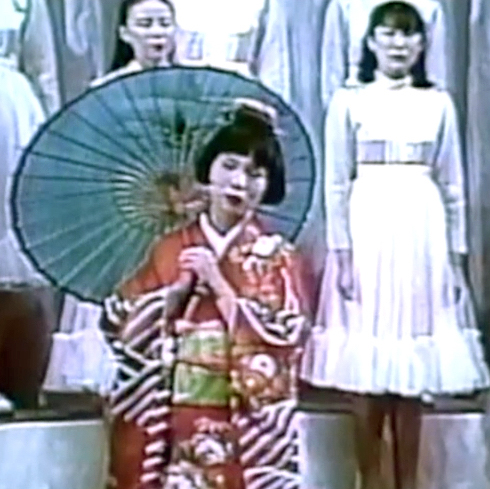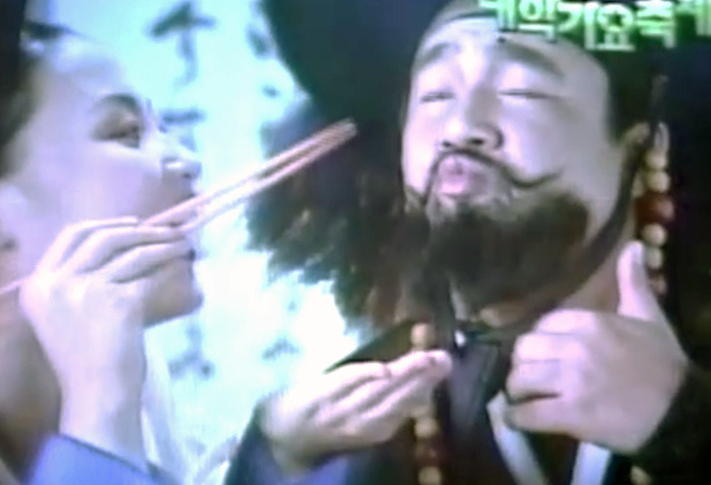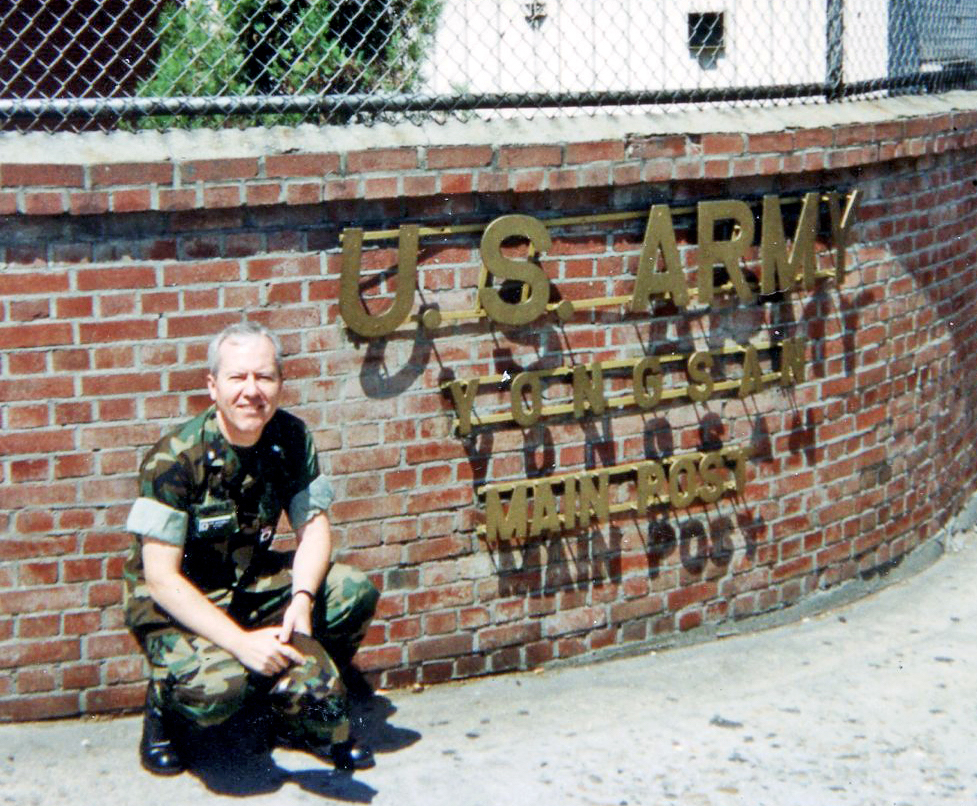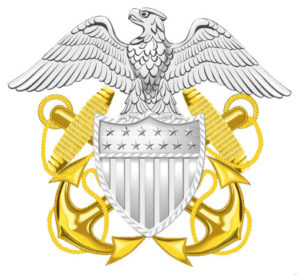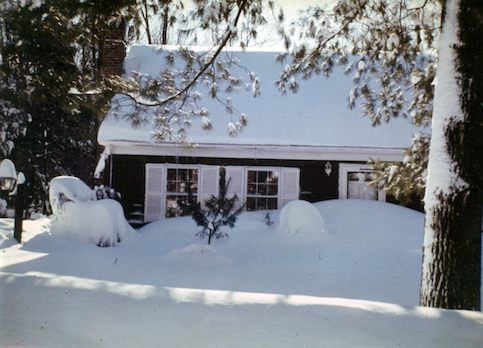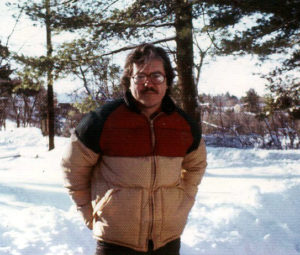I lived in New Hampshire at the time and was at Greeley Park in Nashua, N.H., on September 27, 1999, when John McCain formally announced his candidacy for the Presidency . . . the first time. It was supposed to have happened earlier, in the spring. In March, however, the Kosovo War broke out and, while he issued a simple statement then that he was a candidate, he postponed the “roadshow.”
In one respect, at least, the schedule change worked out. His memoir, Faith of My Fathers, was published in August and it’s best-seller status gave an impetus and brought a strong message to the start of the campaign. After Sen. Warren Rudman (N.H.) read a brief passage from the book when he introduced McCain to the crowd, McCain thanked Rudman and then added, “You can still buy the book.”
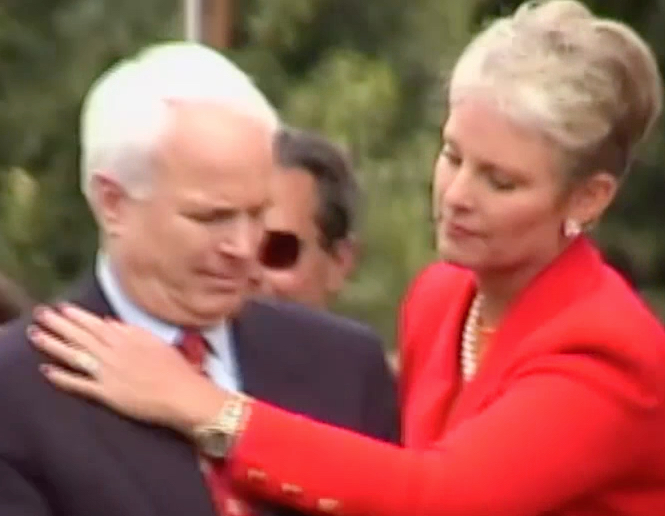
Here is a video of the event (16:07)
I edited out many of the many applause sections. This was his crowd, so applause, approval, respect were extensive. Even had the University of New Hampshire cheerleaders on his side.
His talk summed up much of the philosophical underpinnings of his campaign. I edited out much of the specific policy commitments. It seems he was prescient, at least a little, talking about the need to change the scale of division and cynicism among Americans. At around the 12:10 mark, he says, in the context of protectionism and isolationism,, at least, “Walls are for cowards.”
He also speaks about how he intended to campaign respecting the dignity of the office he sought and of the people whom he would serve.
It is also a bit eerie, hearing it now, how often he makes reference to “when my time is over” and such as the speech concludes. And, also, that the first burst of song at the speech’s conclusion is the recitation of “Freedom, freedom, freedom” by Aretha Franklin.
Being the start of a Presidential campaign, the McCain family was there. Well, at least his wife, Cindy, and the children they had and had adopted. (He had adopted his first wife’s two children and they had a third, born in 1966.)
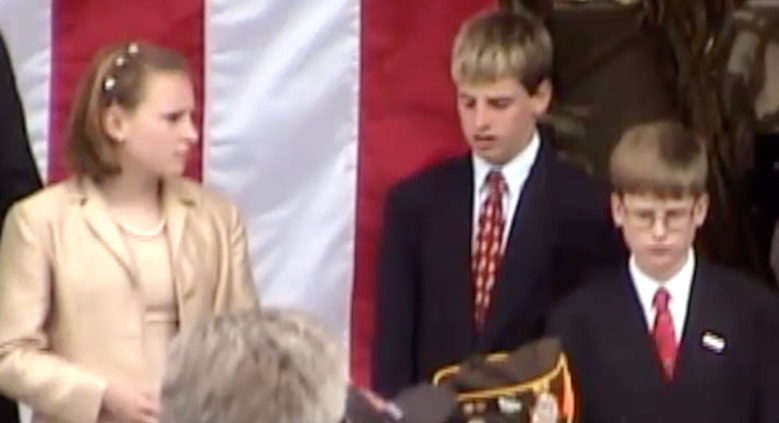
Children present were: Meghan, then just about to turn 15; John Sidney McCain IV, 13; Jimmy, 11; and Bridget, adopted from a Bangladesh orphanage at the age of three months, 8. Meghan’s the most well-known, of course, as a co-host of The View. John graduated from the Naval Academy and is a helicopter pilot. Jimmy joined the Marines at age 17 and deployed to both Iraq and Afghanistan. Bridget, I believe, lives at home.
You’ll also see some media types from the day, both local (John Henning and Dan Rea of Boston’s WBZ 4) and national (Jack Germond and Newsweek‘s Howard Fineman [remember Newsweek?]).
At one point, McCain says that soon every school will be connected to the Internet. Remember, it’s still the 20th Century and a lot of people are worried about Y2K.
I volunteered to assist the McCain campaign and ended up being designated chairman of the Durham McCain Committee. I also ended up the only member of the committee. I don’t mean to say there were no other McCain supporters in town. Indeed, McCain trounced Bush in Durham, 882 to 440. Those other voters were just not as public as I was, I guess. In the Democratic primary, Durham voters were more numerous, with 1,333 voting for Bill Bradley and 802 for Al Gore.
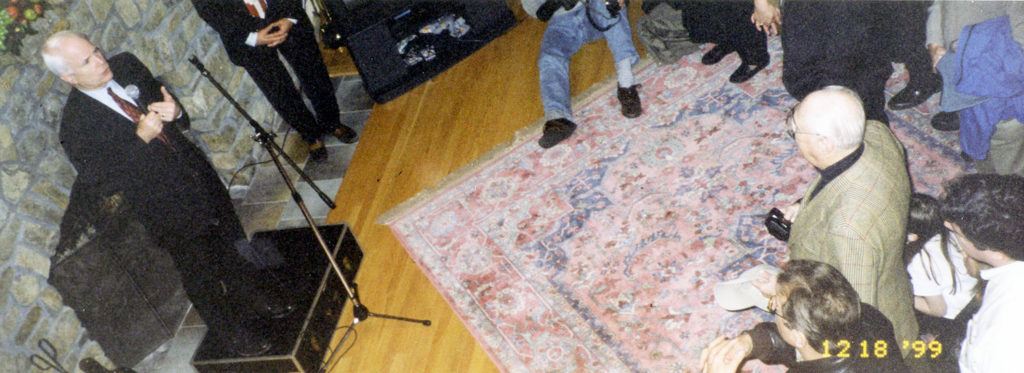
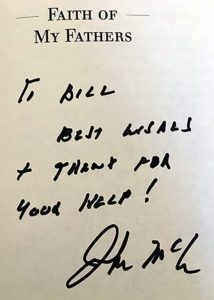 I attended strategy meetings and fundraising events, as well as several of McCain’s “town halls.” I had the pleasure of shaking hands and chatting with the Senator several times. He signed a copy of Faith of My Fathers, along with a personal message. Closer to election day, I made phone calls. On the day of the primary, I stood outside a couple of different polling places, pretty much all day, with my McCain sign. At one point, I think mid-afternoon, some GOP officials dropped by to say hello to the volunteers. A woman, whom I later learned was a member of the Republican National Committee, came up to me and said, sotto voce, “Your guy seems to be doing really well.”
I attended strategy meetings and fundraising events, as well as several of McCain’s “town halls.” I had the pleasure of shaking hands and chatting with the Senator several times. He signed a copy of Faith of My Fathers, along with a personal message. Closer to election day, I made phone calls. On the day of the primary, I stood outside a couple of different polling places, pretty much all day, with my McCain sign. At one point, I think mid-afternoon, some GOP officials dropped by to say hello to the volunteers. A woman, whom I later learned was a member of the Republican National Committee, came up to me and said, sotto voce, “Your guy seems to be doing really well.”
He did. Totals at the end of the night were McCain 115,606 and Bush 72,330. What Senator McCain described as a “mission” in his announcement turned out not to be successful. A reprise in 2008 got him the nomination, but not the prize. I’m disappointed we didn’t get to know what John McCain would have done as President.

